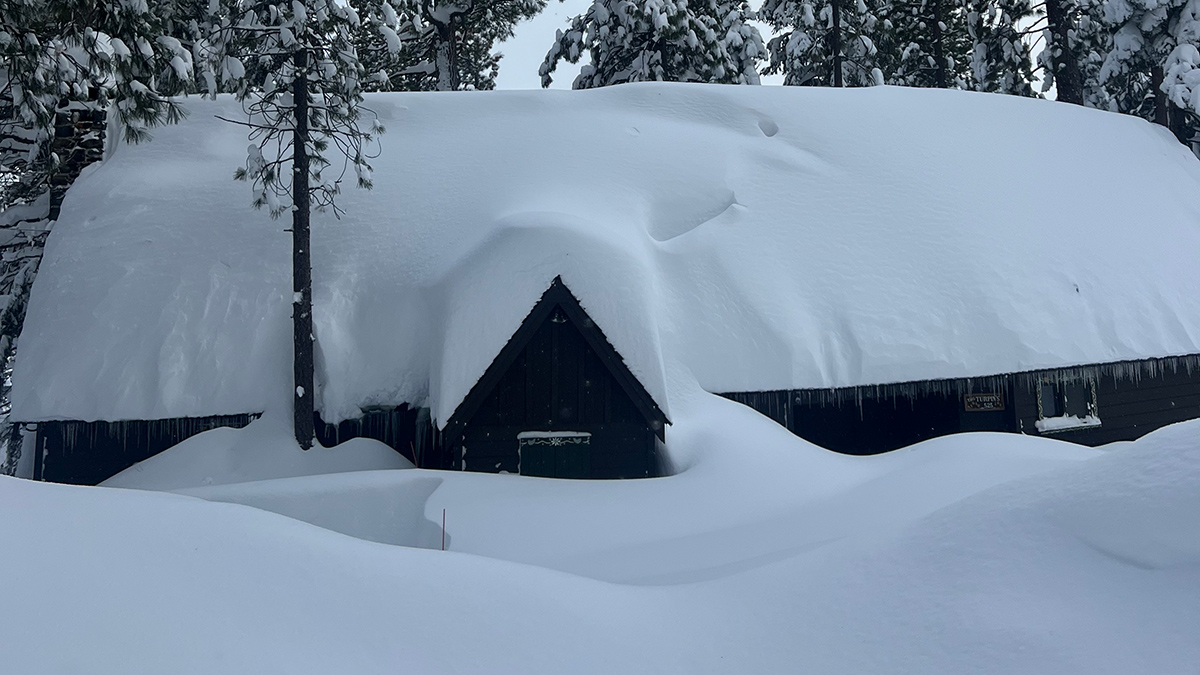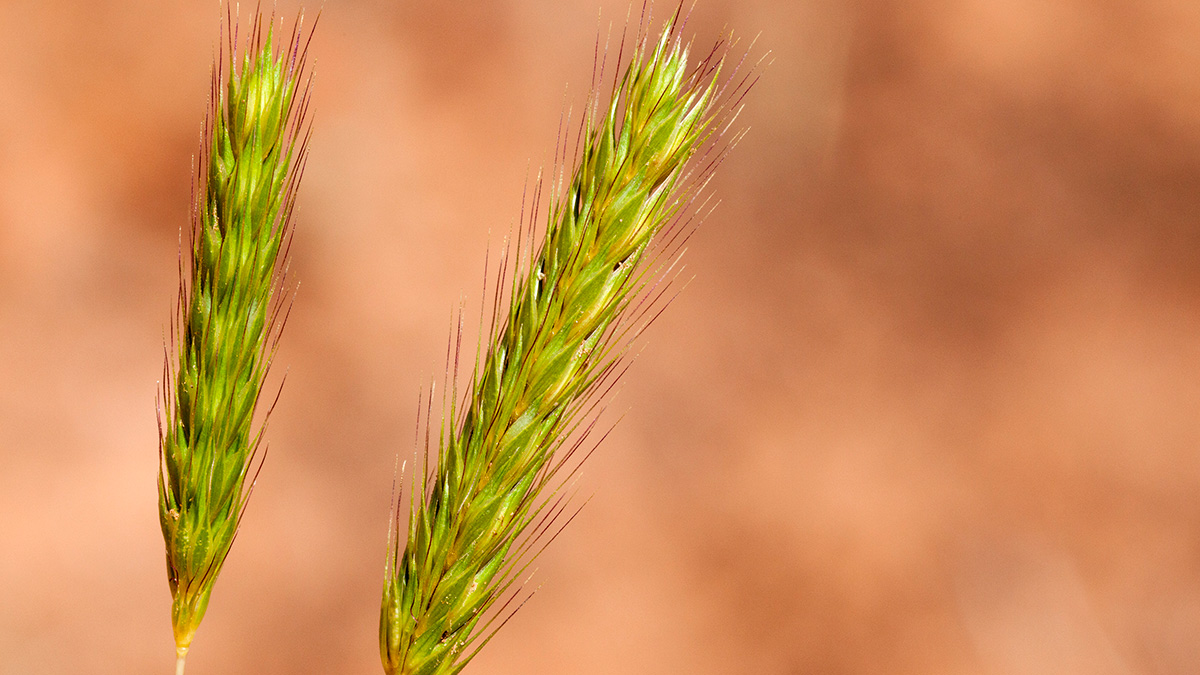The speed and direction of deep currents off Mozambique’s coast are more subject to change than scientists expected.
Andrew Chapman
The Tonga Eruption Left Deep-Sea Life Buried in Ash
When Hunga erupted in 2022, ash “decimated” slow-moving species living on the seafloor. More mobile species were able to hoof it out of harm’s way.
California Mountains Face Weather Whiplash
Last month’s massive snowstorm in the Sierra Nevada followed a dry start to winter. Such extremes in precipitation may become the norm.
Mysterious Seafloor Pits May Be Made on Porpoise
Some shallow seafloor depressions off the coast of Germany that look like those associated with methane might instead be the work of porpoises.
Local Fishers Help Uncover Coral Clinging to Underwater Cliffs
Their knowledge led to more accurate seafloor maps and a hidden trove of biodiversity in the Labrador Sea.
Winds Clear Sea Ice Through Fertile Arctic Waters
The North Water polynya might not be as dependent on a sea ice bridge as previously thought, but not everyone is convinced.
A 1952 Landslide Hints at Early Permafrost Thaw in the Arctic
Scientists took a deeper look at a 70-year-old slide and found that climate change likely set the stage for the disaster.
Drones Make Weather Prediction Easier at the Poles
Researchers measured wind speed with a commercially available drone and a lightweight sensor. The approach could help scientists gather more data from remote environments.
Could “Lost Crops” Help Us Adapt to Climate Change?
Archaeology might not solve all the agricultural challenges that climate change will bring, but it could provide important lessons and a record of new ideas.
Traditional Fertilizers Beat Out Industrial Chemicals in Soil Health Test
New research in western India found that fertilizer based on Traditional Ecological Knowledge made soil more fertile in a head-to-head test with industrial fertilizers.










